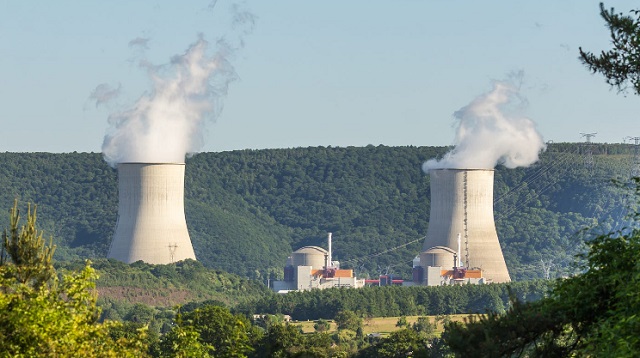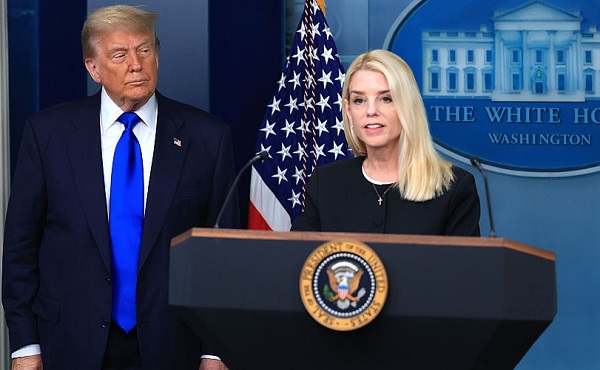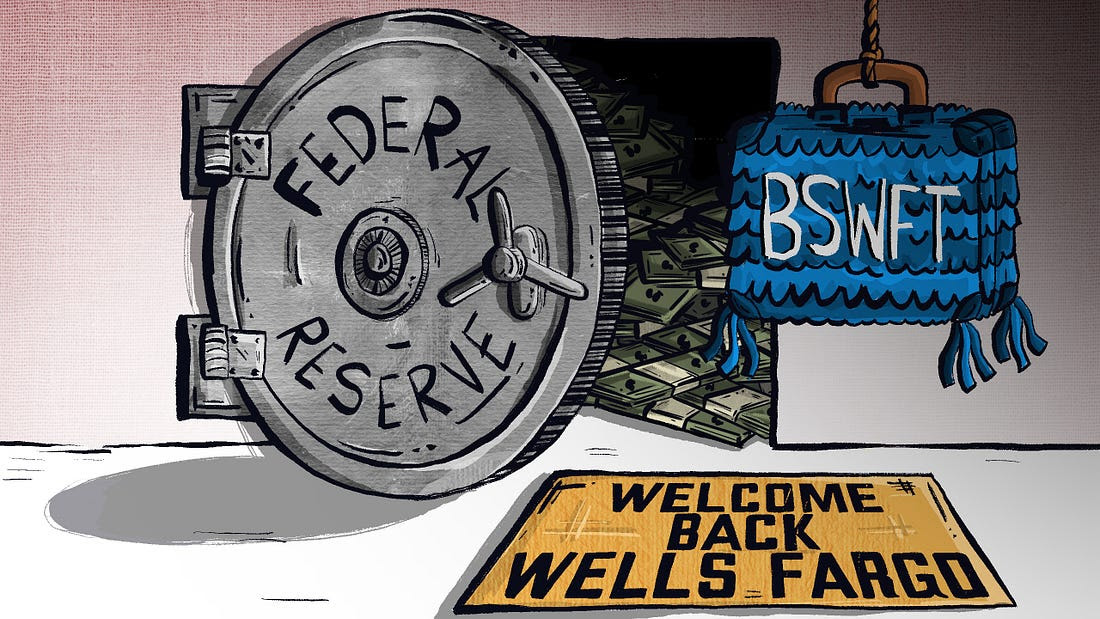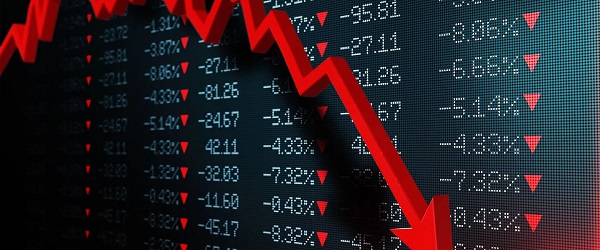Energy
BC should revisit nuclear energy to address BC Hydro shortages

From Resource Works
The short-term costs of nuclear SMRs are preferable to paying hundreds of millions to import foreign energy in the long-term.
British Columbia takes great pride in its tremendous hydroelectric resources, which result from the province’s many long, powerful rivers. For decades, BC has found it easy to rely on hydroelectricity as a clean, renewable source of power for homes, industry, and businesses.
However, the ongoing viability of hydropower in BC should be called into question due to worsening summer droughts and declining snowfalls, which have negatively impacted the annual supply of hydropower. BC has not seriously entertained the possibility of alternatives, even though other provinces have begun to embrace one particular source of energy that has been illegal here for over a decade: nuclear power.
By refusing to strike down the law passed in 2010 that prohibits the mining of uranium or the building of nuclear reactors, BC has made itself an outlier among its peers. Since last year, Ontario has announced plans to expand its existing nuclear capacity, which already provides the majority of the province’s electricity.
Alberta, Saskatchewan, and Nova Scotia have also begun to explore the possibility of expanding nuclear power to help power their growing provinces. BC has prohibited nuclear energy since passing the Clean Energy Act of 2010, which bans the building of reactors or mining uranium.
This prohibition is a barrier to diversifying BC’s energy supply, which has become more reliant on foreign energy. Due to energy shortages, BC Hydro had to import 15 to 20 percent of the energy required to meet the province’s needs.
Do not expect the situation to improve. Snowpacks are shrinking in the winter months, and summer droughts have become more frequent, which means BC’s dams will see a reduction in their power capacity. Power shortages may be on the horizon, leading to vastly more expensive purchases of foreign energy to meet BC’s growing electricity demand, driven by the construction of new homes and projects like LNG facilities on the coast.
Energy diversification is the solution, and nuclear power should be included, especially Small Modular Reactors (SMRs).
Low-carbon and reliable, SMRs can provide steady nuclear power in any season. They are flexible and much more cost-effective than traditional, large-scale nuclear reactors.
For a vast province like BC, filled with small communities separated by mountainous terrain, SMRs can be deployed with great ease to ensure energy stability in remote and Indigenous communities that still struggle with energy access. The Haida Nation, for example, is still reliant on diesel to supply its energy, which goes against the BC government’s clean energy goals and relies on fuel being shipped to the Haida Gwaii archipelago.
While SMRs are cheaper than massive nuclear reactors, they are still expensive and require strict safety regulations due to the ever-present risks associated with nuclear energy. However, is the cost of building nuclear facilities in the short term more expensive than importing energy for years to come?
In 2023, BC Hydro spent upwards of $300 million USD on imported energy, while the cost of the smallest SMR is $50 million, with the more expensive units costing up to $3 billion. Building SMRs now is the right decision from a cost-benefit perspective and in terms of BC’s clean energy goals because SMRs guarantee low-emitting energy, unlike imported energy.
The Clean Energy Act stands in the way of nuclear power’s emergence in BC. Amending it will be necessary for that to change.
BC is not going to need any less energy going forward.
It is high time to get over old fears and stereotypes of nuclear energy. Hydroelectricity need not be displaced as the cornerstone of BC’s energy supply, but it alone cannot face the challenges of the future.
Automotive
Federal government should swiftly axe foolish EV mandate

From the Fraser Institute
Two recent events exemplify the fundamental irrationality that is Canada’s electric vehicle (EV) policy.
First, the Carney government re-committed to Justin Trudeau’s EV transition mandate that by 2035 all (that’s 100 per cent) of new car sales in Canada consist of “zero emission vehicles” including battery EVs, plug-in hybrid EVs and fuel-cell powered vehicles (which are virtually non-existent in today’s market). This policy has been a foolish idea since inception. The mass of car-buyers in Canada showed little desire to buy them in 2022, when the government announced the plan, and they still don’t want them.
Second, President Trump’s “Big Beautiful” budget bill has slashed taxpayer subsidies for buying new and used EVs, ended federal support for EV charging stations, and limited the ability of states to use fuel standards to force EVs onto the sales lot. Of course, Canada should not craft policy to simply match U.S. policy, but in light of policy changes south of the border Canadian policymakers would be wise to give their own EV policies a rethink.
And in this case, a rethink—that is, scrapping Ottawa’s mandate—would only benefit most Canadians. Indeed, most Canadians disapprove of the mandate; most do not want to buy EVs; most can’t afford to buy EVs (which are more expensive than traditional internal combustion vehicles and more expensive to insure and repair); and if they do manage to swing the cost of an EV, most will likely find it difficult to find public charging stations.
Also, consider this. Globally, the mining sector likely lacks the ability to keep up with the supply of metals needed to produce EVs and satisfy government mandates like we have in Canada, potentially further driving up production costs and ultimately sticker prices.
Finally, if you’re worried about losing the climate and environmental benefits of an EV transition, you should, well, not worry that much. The benefits of vehicle electrification for climate/environmental risk reduction have been oversold. In some circumstances EVs can help reduce GHG emissions—in others, they can make them worse. It depends on the fuel used to generate electricity used to charge them. And EVs have environmental negatives of their own—their fancy tires cause a lot of fine particulate pollution, one of the more harmful types of air pollution that can affect our health. And when they burst into flames (which they do with disturbing regularity) they spew toxic metals and plastics into the air with abandon.
So, to sum up in point form. Prime Minister Carney’s government has re-upped its commitment to the Trudeau-era 2035 EV mandate even while Canadians have shown for years that most don’t want to buy them. EVs don’t provide meaningful environmental benefits. They represent the worst of public policy (picking winning or losing technologies in mass markets). They are unjust (tax-robbing people who can’t afford them to subsidize those who can). And taxpayer-funded “investments” in EVs and EV-battery technology will likely be wasted in light of the diminishing U.S. market for Canadian EV tech.
If ever there was a policy so justifiably axed on its failed merits, it’s Ottawa’s EV mandate. Hopefully, the pragmatists we’ve heard much about since Carney’s election victory will acknowledge EV reality.
Daily Caller
Trump Issues Order To End Green Energy Gravy Train, Cites National Security


From the Daily Caller News Foundation
By Audrey Streb
President Donald Trump issued an executive order calling for the end of green energy subsidies by strengthening provisions in the One Big Beautiful Bill Act on Monday night, citing national security concerns and unnecessary costs to taxpayers.
The order argues that a heavy reliance on green energy subsidies compromise the reliability of the power grid and undermines energy independence. Trump called for the U.S. to “rapidly eliminate” federal green energy subsidies and to “build upon and strengthen” the repeal of wind and solar tax credits remaining in the reconciliation law in the order, directing the Treasury Department to enforce the phase-out of tax credits.
“For too long, the Federal Government has forced American taxpayers to subsidize expensive and unreliable energy sources like wind and solar,” the order states. “Reliance on so-called ‘green’ subsidies threatens national security by making the United States dependent on supply chains controlled by foreign adversaries.”
Dear Readers:
As a nonprofit, we are dependent on the generosity of our readers.
Please consider making a small donation of any amount here.
Thank you!
Former President Joe Biden established massive green energy subsidies under his signature 2022 Inflation Reduction Act (IRA), which did not receive a single Republican vote.
The reconciliation package did not immediately terminate Biden-era federal subsidies for green energy technology, phasing them out over time instead, though some policy experts argued that drawn-out timelines could lead to an indefinite continuation of subsidies. Trump’s executive order alludes to potential loopholes in the bill, calling for a review by Secretary of the Treasury Scott Bessent to ensure that green energy projects that have a “beginning of construction” tax credit deadline are not “circumvented.”
Additionally, the executive order directs the U.S. to end taxpayer support for green energy supply chains that are controlled by foreign adversaries, alluding to China’s supply chain dominance for solar and wind. Trump also specifically highlighted costs to taxpayers, market distortions and environmental impacts of subsidized green energy development in explaining the policy.
Ahead of the reconciliation bill becoming law, Trump told Republicans that “we’ve got all the cards, and we are going to use them.” Several House Republicans noted that the president said he would use executive authority to enhance the bill and strictly enforce phase-outs, which helped persuade some conservatives to back the bill.
-

 International2 days ago
International2 days agoChicago suburb purchases childhood home of Pope Leo XIV
-

 Daily Caller2 days ago
Daily Caller2 days agoBlackouts Coming If America Continues With Biden-Era Green Frenzy, Trump Admin Warns
-

 Daily Caller2 days ago
Daily Caller2 days ago‘I Know How These People Operate’: Fmr CIA Officer Calls BS On FBI’s New Epstein Intel
-

 Censorship Industrial Complex21 hours ago
Censorship Industrial Complex21 hours agoCanadian pro-freedom group sounds alarm over Liberal plans to revive internet censorship bill
-

 Crime21 hours ago
Crime21 hours agoTrump supporters cry foul after DOJ memo buries the Epstein sex trafficking scandal
-

 Daily Caller13 hours ago
Daily Caller13 hours agoUSAID Quietly Sent Thousands Of Viruses To Chinese Military-Linked Biolab
-

 Addictions13 hours ago
Addictions13 hours ago‘Over and over until they die’: Drug crisis pushes first responders to the brink
-

 Business1 day ago
Business1 day agoPrime minister can make good on campaign promise by reforming Canada Health Act







